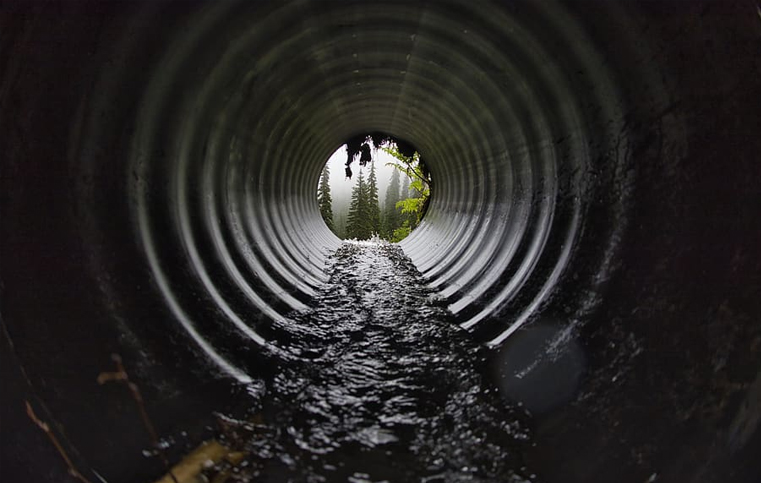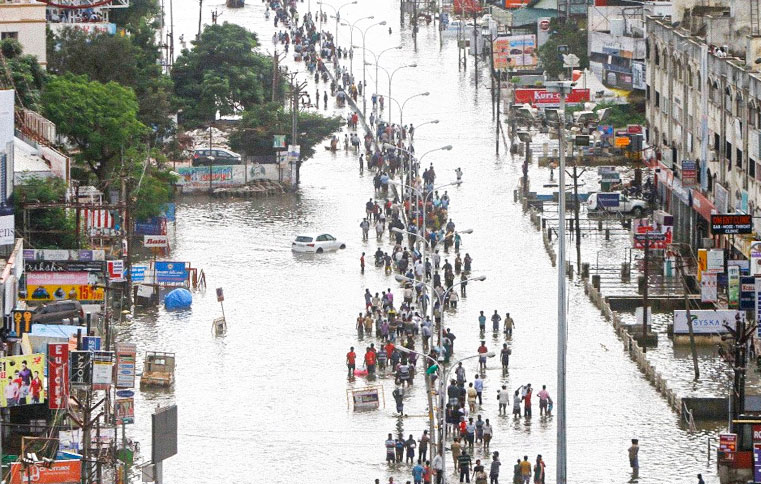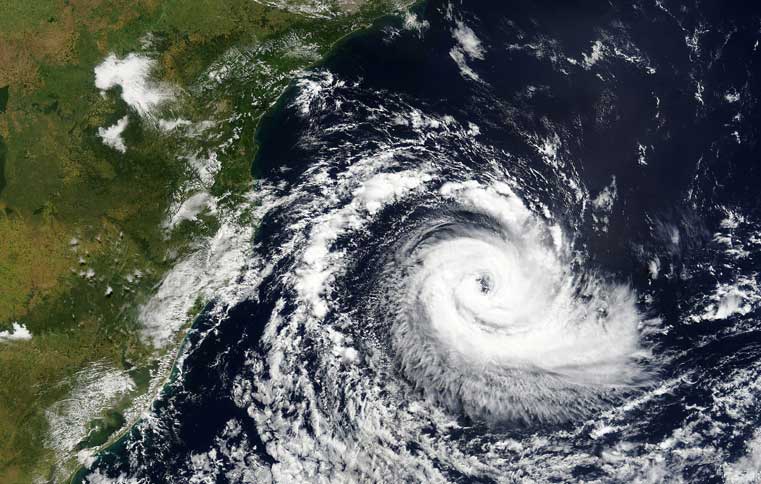Can sewage water screening be used as a tool to measure transmission of COVID-19?
By: Kamakshi Tatkare | Date: 11th April 2020

Coronaviruses get their name from the crown like structure on their surface. There are four major subgroups of these viruses, known as alpha (229E, NL63), beta (OC43,HKU1), gamma ,and delta. Apart from these the other human coronaviruses include MERS-COV, SARS-COV and SARS-COV-2 (COVID-19).
On 19th March 2020, the World Health Organization said in its interim guidance that there is no evidence about the survival of the COVID-19 virus in drinking-water or sewage.
The morphology and chemical structure of the COVID-19 virus are alike to those of other human coronaviruses for which there are data about both survival in the environment and successful inactivation measures.
Furthermore, it says that about 2−10% of cases of confirmed COVID-19 disease are present with diarrhea and two studies detected COVID-19 viral RNA fragments in the faecal matter of COVID-19 patients.
But only one study has cultured the COVID-19 virus from a single stool specimen. There have been no reports of faecal−oral transmission of the COVID-19 virus.
The continued existence of COVID-19 in drinking-water is possible yet there is no evidence from surrogate human coronaviruses, that they are present in surface or groundwater sources or spread through contaminated drinking water.
COVID-19 is an enveloped virus with a fragile outer membrane. In most cases such enveloped viruses are less stable in the environment and are vulnerable to oxidants like chlorine.
The virus is likely to become inactivated significantly faster than non-enveloped human viruses that occur in human intestine with known waterborne transmission such as hepatitis A.
Professor Rosina Girones, leader of the Laboratory of Virus Contaminants of Water and Food (VIRCONT), said that if the lipid envelope of the virus is destroyed, then the contamination of the virus is removed.
She also noted that Wastewater treatment plants are dealing with a large number of viruses all the time and they can treat viruses known to be more resistant than Covid-19.
On 6th February 2020, three weeks before the first official coronavirus infection in the Netherlands, there was an investigation done by KWR (stems from Kiwa NV which is a European Institution for testing, inspection and certification).
This first measurement, made by microbiologist Prof. Dr. Gertjan Medema and colleagues, was needed to test the method and see if they did not see signals while the virus was not present.
They took the second series of samples on 5th March 2020, a week after the first COVID-19 patient in the Netherlands was reported. The third series of samples were taken on 15th March 2020.
In the first measurement none of the tests showed a reaction which meant absence of the virus in sewage water as the virus was not present in the Netherlands at that time.
In the second series of samples, one of the gene fragments did show a reaction at their four waste water treatment plants. Since the other gene fragments did not show any reaction, microbiologists at KWR were less confident about the results and reported them as ‘inconclusive’. They then did more tests to try to prevent inhibition of the test, which worked and made the test result clearer.
In the third series of samples, the gene fragments from second sample, which had showed a reaction, showed a stronger reaction. Two other gene fragments also showed a reaction in some of the samples. After these investigations, KWR reported that they found the COVID-19 in the sewage water.
Further they reported that SARS-CoV-2 was not found in sewage water treated by the Waste Water Treatment Plant. The method is not yet quantitative, yet on basis of the strength of the signal, the concentration of virus in sewage seems low.
KWR estimates that the risk of employees at the Treatment plant getting COVID-19 through contact with sewage (aerosols) is very low. After substantiating and validating their method further, COVID-19 screening of sewage water can be used as a tool to measure the virus circulation in a city or a smaller municipality.












